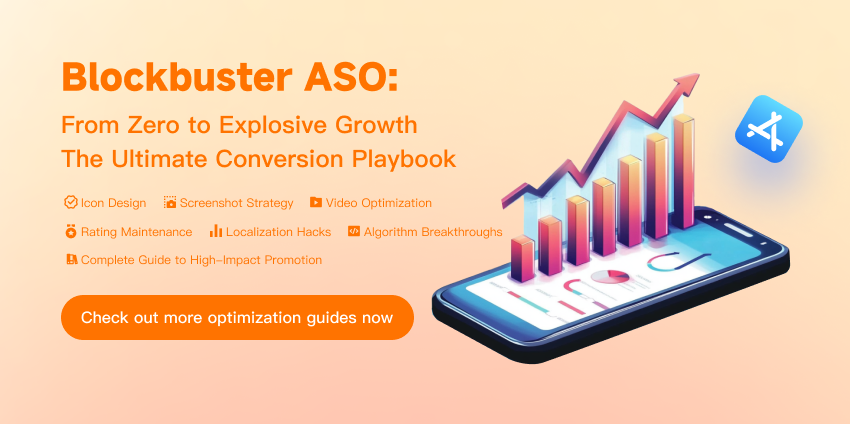
Loading...
Free consultation with ASO specialists
Doing ASO for the first time or have no idea how to carry out targeted optimization of your app?
We offer one-on-one customized services provided by app marketing specialists
Bounce Rate
Definition of bounce rate
The bounce rate is the percentage of visits in which a user views only one page and then leaves the site or app. In other words, if a user enters a site or app and then leaves without interacting with any other pages or features, this is considered a bounce. The bounce rate is expressed as a percentage and is calculated using the following formula: Bounce Rate = Number of visits where only one page was viewed / Total number of visits × 100%.
The Importance of Analyzing Bounce Rates
-
Website Analysis
In traditional website operations, bounce rate is an important analytical indicator. Website administrators can understand users' overall experience and satisfaction with the content of the website by analyzing the bounce rate. For example, if the bounce rate of an article page on a news website is too high, it may mean that the article title does not match the content, etc., which cannot attract users to continue browsing.
-
Mobile App Analytics
For mobile applications, the bounce rate is equally important. Developers can identify key points of user loss by monitoring the bounce rates of different pages. For example, for an e-commerce application, a high bounce rate on the product detail page may be caused by unclear product images, unreasonable prices, or poor user reviews.
-
Advertising Effectiveness Evaluation
In the mobile Internet advertising industry, bounce rate is one of the key indicators for evaluating the effectiveness of advertising placement. When users enter the target page through an ad click, if the bounce rate is too high, it means that there is a big gap between the attractiveness of the ad and the content of the target page, and the accuracy of the ad placement may need to be adjusted.
Strategies to reduce bounce rate
-
Optimize content quality
Whether it's a website or a mobile app, quality content is the key to attracting users. Ensure that the content is valuable, relevant and attractive, meeting the needs of users, thereby reducing user bounce behavior.
-
Improve page loading speed
In the fast-paced Internet era, users are very sensitive to page loading speed. Optimizing code and compressing images can improve page loading speed, reduce user waiting time, and reduce bounce rate.
-
Enhanced navigation and interaction design
Clear navigation and friendly interaction design can help users easily find the information and functions they need. Providing rich internal links to guide users to browse more pages also helps reduce bounce rates.
In summary, the bounce rate is of great importance in the mobile Internet advertising industry and ASO. By monitoring and analyzing the bounce rate, developers and operators can identify problems and take corresponding measures to improve user experience and application competitiveness.
Related terms
